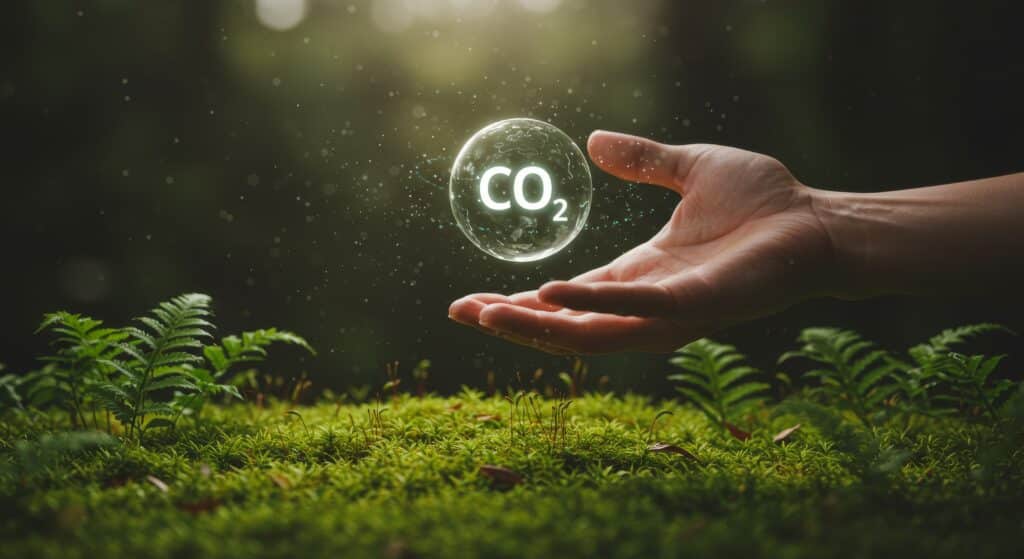
What tricks can organic molecules be taught to help solve our planet’s biggest problems?
That’s the question driving Assistant Professor Richard Y. Liu ’15 as he pushes the frontiers of organic chemistry in pursuit of cleaner synthesis, smarter materials, and new ways to combat climate change.
Liu’s latest advance, detailed in a new paper in Nature Chemistry, harnesses the power of sunshine to trigger a particular variety of organic molecule. As described in the paper, these “photobases” then rapidly generate hydroxide ions that efficiently and reversibly trap CO₂.
This innovation in direct air capture marks a significant step toward scalable, low-energy solutions for removing greenhouse gases, Liu said. “What distinguishes this current work is the way we developed molecular switches to capture and release CO₂ with light. The general strategy of using light directly as the energy source is a new approach.” […]
“Direct air capture is one of the most important emerging climate technologies, but existing methods require too much energy,” he said. “By designing molecules that use light to change their chemical state and trap CO₂, we’re demonstrating a path to a more efficient — and possibly solar-powered — future.” […]
Read more here.

